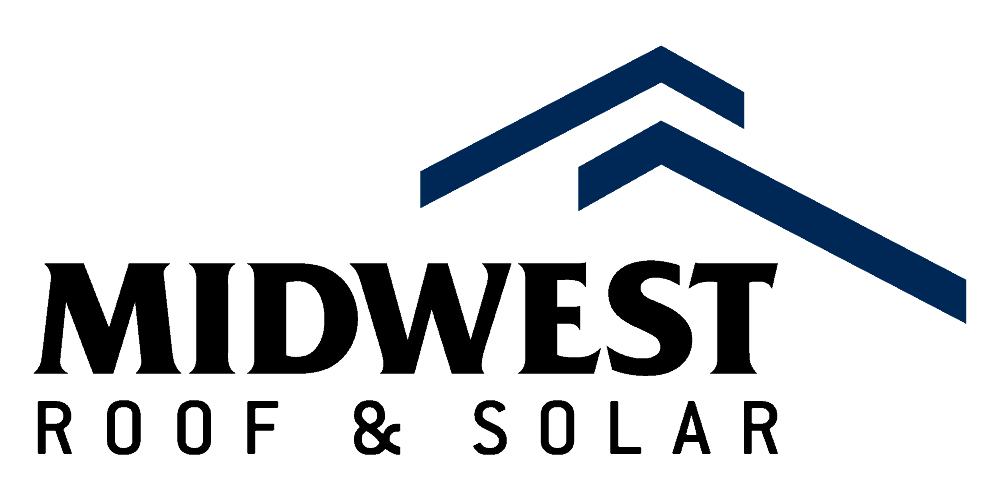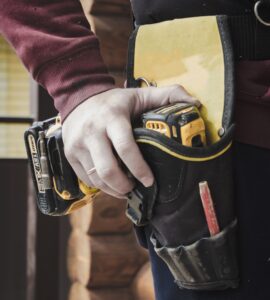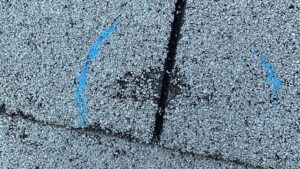For many property owners, the thought of replacing a roof is overwhelming. Just how much is this going to cost?
There’s no doubt the roof of the home is one of its most important components, and without a doubt, it needs to be professionally installed to ensure the best long-term results. Yet, understanding the cost structure itself can be daunting. Let’s break down what goes into the cost of a roof to make it a bit clearer.
The Roofing Material
One of the biggest parts of the cost of roof replacement is the purchase of new material to put on the roof. This is also one of the areas that can be most impactful in how much you spend because there are so many options available. The type of roofing material you select plays a role in the cost. The lowest costing options tend to be asphalt shingle roofs, but other products can look fantastic and last longer, making them worth the purchase. Look at options like slate, tile, and cedar shake for more aesthetically pleasing options.
The Roof System Materials
There are more materials than just the actual exterior covering you’ll see. You’ll need to purchase additional materials to help with the fitting of the new roofing shingles. Sometimes these costs are higher than expected because there’s damage to the structural components of the roof.
For example, the roof decking is the wood foundation layer that sits on the trusses of your home. Sometimes this structure will have significant damage and, as such, it needs to be replaced. If the existing roof is in overall good condition, that’s less likely to occur than if the existing roof is wearing thin with areas of exposure.
Other roofing system materials that you are likely to have to purchase as a component of a roof replacement include:
- The roof underlayment, which sits on top of the roof deck and provides a waterproof covering for the wood itself.
- Ice and water shields, which can be critical to protecting the structural components of your roof during cold weather
- Starter shingles, which are a bit different than the other shingles you’ll add to the roof as these create a foundation from which other shingles are laid
- Ridge capping, which is the component of the material that runs along the highest peaks on the roof, providing protection for that edge
- Ventilation system, which can range widely based on the type of roof and the attic space
What will your roof need? When you have a roof inspection, the team will come to your location to provide a comprehensive inspection, trying to uncover any types of damage that may be present. Then, they will break down the materials needed for your home’s roof. Some factors that influence this component of the cost include:
- The size of the roof
- The complexity of the roofing structure
- The number of peaks and valleys present
- Any existence of items on your roof, such as a chimney
- The need to replace the roof decking
All of this is estimated for you, so you have a good idea of what to expect from the cost of the roofing installation process.
Labor and Time
Another component of the roofing project cost is labor. There is no doubt that installing a new roof is a dangerous job, and it needs to be done by a talented team of professionals. A roofing contractor will give you a figure for the labor involved, which is generally dependent on the following:
- The type of roofing material used
- The level of skill needed by the roofing team
- The size of the roof
- The complexity of the design of the roof
- The overall application process for the new roofing materials
The labor cost is based on the cost to hire each person to do the work for the set number of hours that need to be done. Most often, labor costs will range widely by job and from one roofing contractor to the next.
Time is another factor to keep in mind. Some roofs are more complex and take more time to install. The more time that is needed to do the work, the higher the cost of the job. Simply, it means there is a need to have well-trained professionals on hand, and that means it will impact how much you pay.
There’s also the fact that the existing roof needs to be removed. Most of the time, existing roof removal takes a few hours. It may be done quickly, but it needs to be done thoroughly to ensure that the new roof gets the level of protection needed.
The Penetrations on the Roof
Another factor that plays a role in the cost of roof replacement is the penetrations in the structure. That is, anything that is on your roof that protrudes is going to take more time to work around. That includes, for example, vents for the kitchen and bathroom, chimneys, gas vents, skylights, and anything else up there. It takes more time and more manpower to manage these needs.
Other Costs That Could Be Included
There could be other costs involved in the installation of a new roof as well. Some of those anticipated costs include:
- Dumping or disposal fees associated with getting rid of the old roofing materials (costs vary based on location as well as the type of material coming off the roof)
- Permits, if needed by the city, as well as any costs associated with necessary inspections your city may require
- Operating costs of the roofing contractor are often figured into the costs you pay as well. This could include their costs for operating equipment, vehicles, insurance costs, licensing, and even taxes.
There are a lot of factors that impact the overall cost of a roof, and each one of them is important to understand. Investing in a high-quality roofing contractor that does the job well and minimizes any risk is often well worth the added cost. It could even mean a reduced risk to your roofing warranty.





